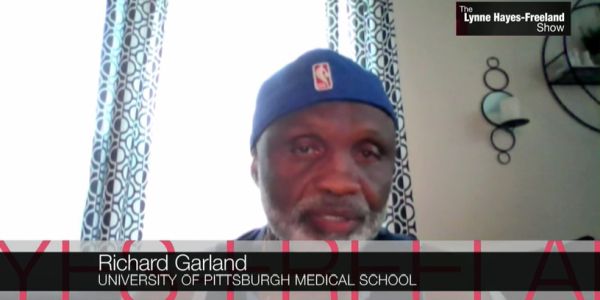
KDKA - BCHS' Richard Garland spoke with KDKA's Lynne Hayes-Freeland about the factors that are contributing to a rise in violence among youth in Pittsburgh.
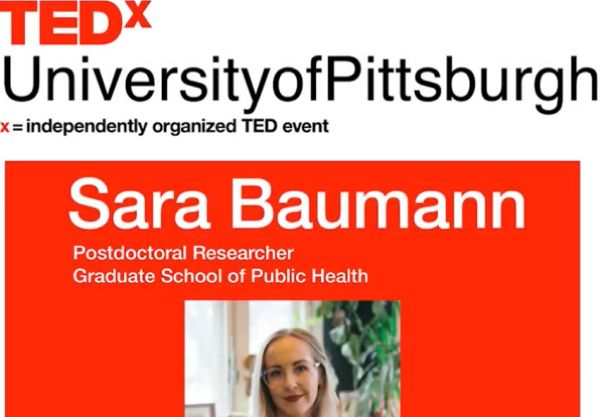
BCHS' Sara Baumann is a mixed-methods researcher harnessing participatory, arts-based tools to study mental health and reproductive health issues. She was living in Nepal in 2015 when a 7.9 magnitude earthquake struck, killing close to 9,000 people and displacing half a million. Watch the recording, where Sara talks about the community art that rose from the aftermath of the tragic and traumatic event.
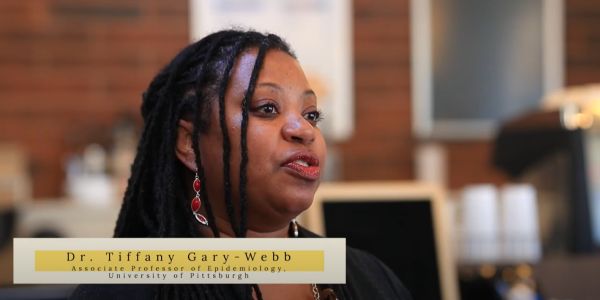
"The Hill District and Homewood are similar and different in various ways. They're similar in the sense that they've been relatively stable over time and they have predominantly Black populations but they have very different histories overtime," explains EPI's TIffany Gary-Webb, assocaite dean for diversity and inclusion and associate director of the Center for Health Equity in this video from a RAND Corporation series.
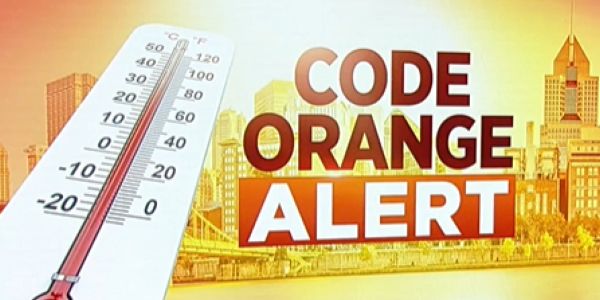
KDKA - EOH Chair Sally Wenzel, director of Pitt's Asthma Institute at UPMC, explained that recent weather creates conditions where particulates in our atmosphere can't escape. "These are plumes in the air that damage the lungs and the blood vessels of people, especially vulnerable people," said Wenzel. She recommends staying inside in the air conditioning as much as you can, visiting public spaces with air conditioning if you don’t have it in yo...
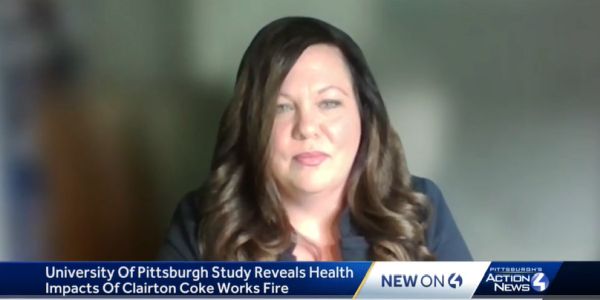
WTAE - Brandy Bywra-Hill (EOH '22) was lead author on a recent study in collaboration with ACHD that recounts the impact of the Christmas Eve 2018 fire that destroyed the pollution controls of the U.S. Clairton Coke Works. "This is the type of data that helps shape policy about air emissions, factory emissions, public health - all sorts of things," said Hill.
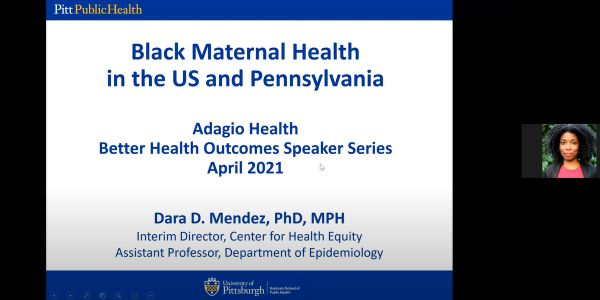
In observance of Black Maternal Health week, EPI's Dara Mendez presented Black Maternal Health in Pennsylvania and the U.S., presenting data, discussing the implcations of racism and next steps. Open for the full recording.
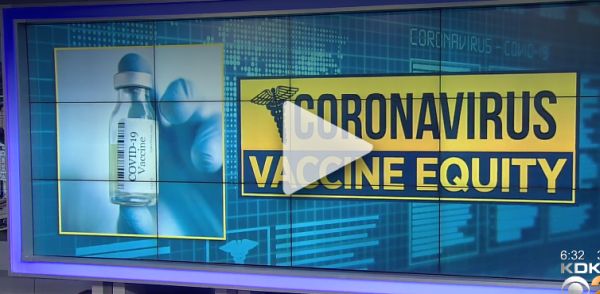
Though they've been working since long before vaccines were available - for 57 weeks - the Black COVID-19 Equity Coaltion recently released a report on equity in vaccine distribution in Allegheny County. "This particular report...is focused on data related to vaccine distribution, understanding the disparities in distribution so far and making recommendations on what we can do, not only on data infrastructure issues but how we can use data to un...
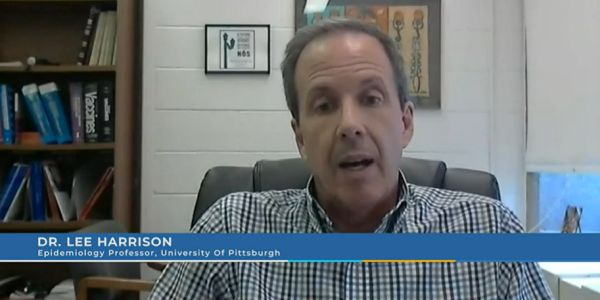
WPXI - "We will definitely need boosters," said EPI's Lee Harrison, who is also faculty at Pitt Medicine. Because of "the efficacy over time against standard straings of COVID-19 and then also what's going to happen with all of these variants that have been circulating globally," we'll need additional vaccine doses. "I think it will be more like the annual flu shot. And there's even some discussion about trying to combine the COVID vaccine with ...
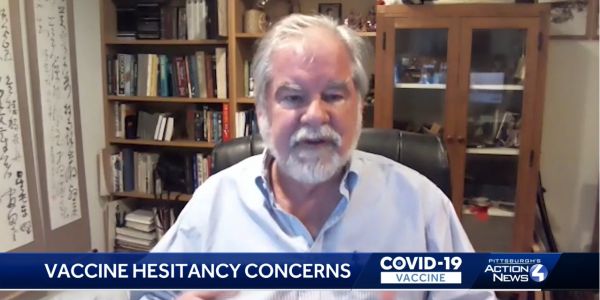
WTAE - "I'm worried that vaccine hesitancy is going to prevent us, in many parts of the country, from achieving herd immunity. Local communities that are more hesitant, it could mean they are more at risk," said HPM's Mark Roberts, director of the Public Health Dynamics Laboratory. Roberts also weighed in on the likelihood and reasoning for potentially needing additional vaccine boosters in the future.
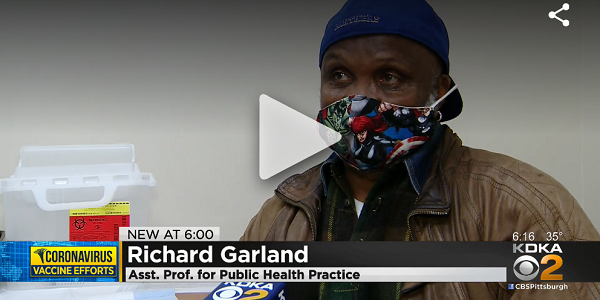
WDKA CBS NEWS — In a multipronged effort to prioritize the biggest impact among Phase 1A groups, UPMC vaccinated community advocates to fight vaccine hesitancy in vulnerable, often minority, populations, where COVID-19 has had a disproportionately terrible effect.BCHS's Richard Garland got the vaccine. “It was like taking a flu shot for me,” said Garland who is part of the COVID-19 Black Equity Coalition. “The more I look at the numbers in the...
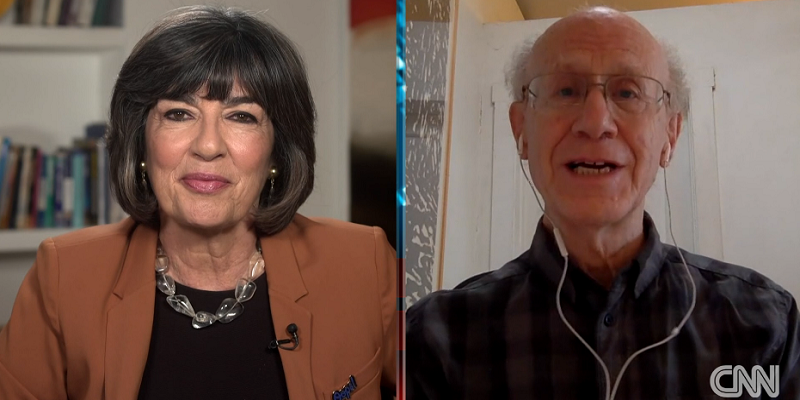
CNN — Christiane Amanpour discusses with IDM's Peter Salk the 97% drop in polio prevalence within a few years of initial vaccine adoption. In 1953, Dr. Peter Salk was one of the first to receive a polio vaccine—from none other than his father, Jonas Salk. They go on to discuss herd immunity and vaccine hesitancy both in 1954 and today.
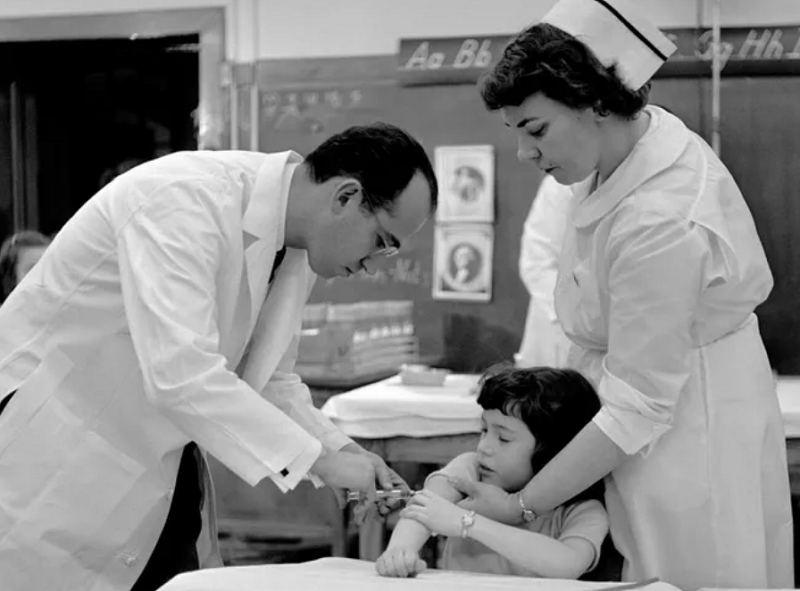
USA TODAY - Jonas Salk’s vaccine helped wipe polio from most of the world, something that many people hope will happen with the coronavirus vaccine. However, IDM's Dr. Peter Salk warns eradicating polio from the U.S. was a long and difficult journey, and he doesn’t expect eliminating COVID-19 will be any easier. “It’s going to be a long road, just even getting enough vaccines out to people around the world."

In a special IDM Seminar, Michael T. Osterholm answers questions regarding the epidemiology of SARS-CoV-2 infection, public health strategies to reduce transmission, and thoughts on how the world will likely look one year from now. Osterholm was recently appointed to President-elect Biden's coronavirus task force and directs the Center for Infectious Disease Research and Policy at the University of Minnesota.
Peter Salk was 11 years old when a University of Pittsburgh team led by his father, the late Jonas Salk, created the inactivated poliovirus vaccine. The day of the 1955 announcement that the vaccine was safe, effective and potent, “everything just went crazy,” he recalls. “There were so many calls from reporters that we ended up having to get an answering service. Imagine how embarrassing that would be for a sixth grader.” Today, at 76, he’s bac...
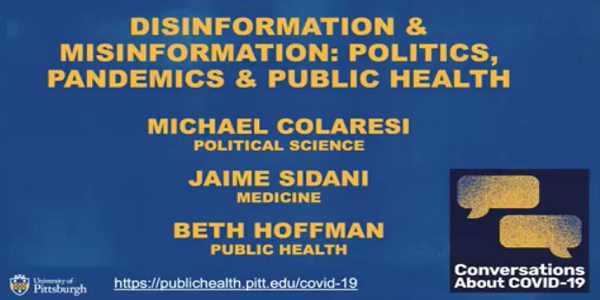
In the final fall session of Conversations about COVID-19 seminar series, Jaime Sidani and Michael Colaresi join BCHS doctoral student Beth Hoffman to discuss ways that public health can address dis/misinformation in the era of COVID-19, with a particular focus on implications for COVID-19 vaccine acceptance.
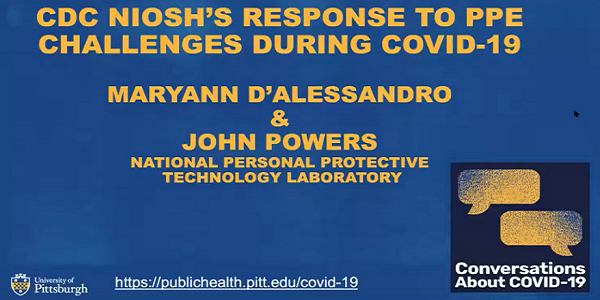
As part of the Centers for Disease Control and Prevention (CDC)'s National Institute for Occupational Safety and Health (NIOSH), the National Personal Protective Technology Laboratory (NPPTL) has responded ot the unique personal protective equipment (PPE) challenges that have arisen during COVID-19. This presentation, with Maryann D'Alessandro, PhD, and John Powers, both of the NPPTL, provides an overview of their response to COVID-19 and effort...
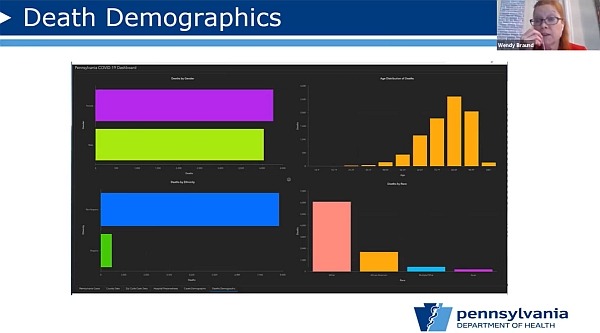
Wendy Braund, COVID-19 response director, Pennsylvania Department of Health, leads a conversation about the Pennsylvania Department of Health response to COVID-19, addressing the current situation and containment and mitigation efforts.
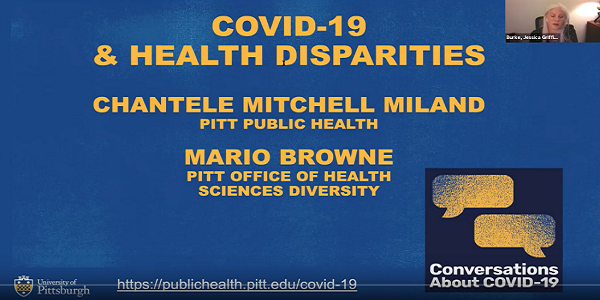
As part of the Conversations about COVID-19 seminar series, EPI doctoral candidate Chantele Mitchell Miland , and Pitt's director of health sciences diversity, equity, and inclusion, Mario Browne (BCHS '05), discuss COVID-19 and health disparities.
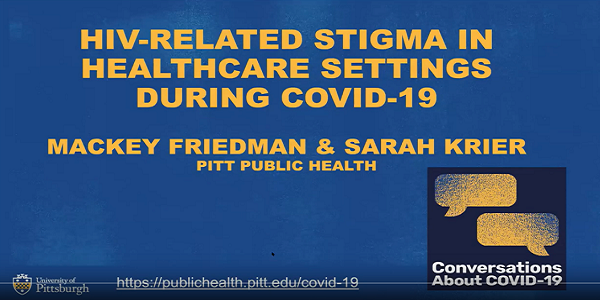
As part of the Conversations about COVID-19 seminar series, Mackey Friedman of IDM and BCHS joins IDM's Sarah Krier to discuss how the COVID-19 pandemic is affecting the lives of people living with HIV including their beliefs and attitudes about their healthcare needs and experiences.
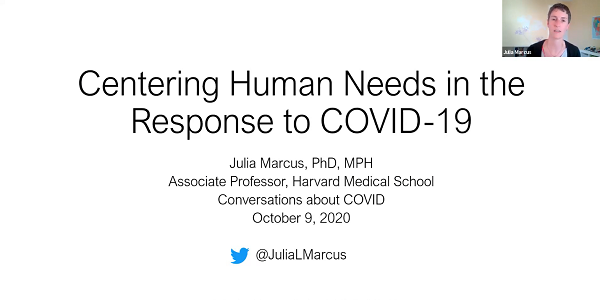
BCHS's Mary Hawk and Harvard's Julia Marcus introduce the harm reduction approach and describe how the principles can be applied to public health messaging during COVID-19. They discuss how to balance general uncertainty, concerns about what is best for population and personal health, and the tensions between collectivism and individualism.